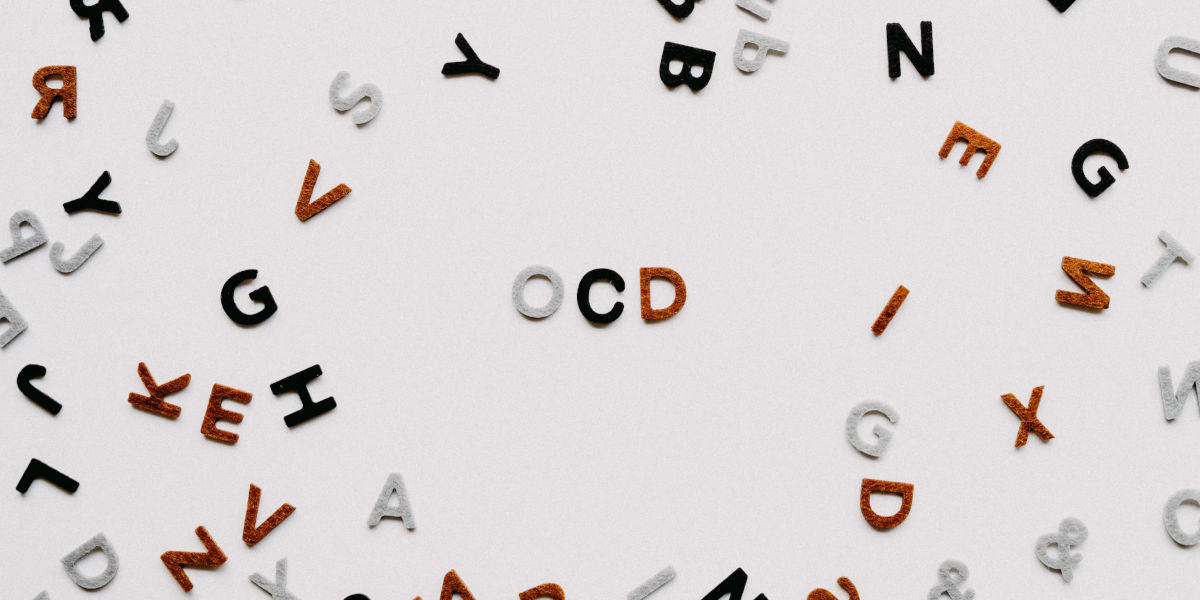In a world where the term 'OCD' is indiscriminately thrown around to describe a preference for neatness or organization, it is vital to promote a deeper understanding of what the term truly represents. Obsessive-compulsive disorder is a true and significant mental health condition whose impact extends far beyond a simple need for symmetry or color-coded closets. This article aims at demystifying the complexities of this disorder by recognizing obsessive-compulsive disorder, understanding OCD symptoms, and discussing how is OCD diagnosed.
Understanding Obsessive-Compulsive Disorder
Obsessive-compulsive disorder, often abbreviated as OCD, is a chronic disorder in which a person has uncontrollable, recurring thoughts (obsessions) or behaviors (compulsions) that he or she feels the urge to repeat over and over. This can limit their capacity to go about their daily routine, maintain healthy interpersonal relationships, or achieve their desired academic or occupational success.
Common misconceptions about OCD have resulted from frequent misuse and trivialization of the term. OCD is not an adjective to describe individual quirks or preferences. It is not about being a clean freak, liking items arranged in a particular order, or being overly fastidious. OCD is a real, often debilitating condition that can rob individuals of their quality of life.
In an effort to destigmatize mental health disorders like OCD and encourage those who may be suffering to seek help, we will discuss recognizing the symptoms of obsessive-compulsive disorder, exploring how is OCD diagnosed and understanding the treatment options available.
Recognizing OCD Symptoms
Understanding OCD symptoms may be the first step towards diagnosis and treatment. Obsessive-compulsive disorder is characterized by the presence of either obsessions, compulsions, or both.
Obsessions are persistent, unwanted thoughts, urges or images that cause distress or anxiety. Individuals with OCD often make efforts to suppress these thoughts or to neutralize them with another thought or action, commonly a compulsion.
Compulsions, on the other hand, are repetitive behaviors that an individual feels driven to perform in response to their obsessive thoughts. This may include behaviors like handwashing, arranging items in a specific order, checking things repeatedly etc. It's important to understand that such behaviors are not performed out of joy or tied to tasks that need to be completed realistically. Instead, they are aimed at preventing or reducing anxiety or distress or preventing some imagined dreaded event.
Our minds can often feel like complex puzzles, but for those living with Obsessive-Compulsive Disorder (OCD), this feeling can become overpowering. OCD, a long-lasting condition that is characterized by uncontrollable, recurring thoughts (obsessions) and behaviors (compulsions), can severely affect a person’s normal routine, performance at work or school, and their social interactions. It's a disorder that may be challenging to understand, but getting acquainted with the signs and symptoms can help in recognizing and identifying options for treatment.
What characterizes OCD, though, are not just habits like color coding, excessive cleaning, or checking the stove multiple times before leaving the house. These behaviors can often be misunderstood or misattributed to OCD, but the entity of the disorder goes beyond these visible actions. OCD, in reality, is much more about the stress that comes with unwanted thoughts and urges.
For instance, a compulsion could be consistently checking to see if the door is locked before leaving home. Now, routine checking is not a problem but for someone with OCD, the compulsive act might be derived from an overpowering obsessive fear that their home will be broken into. The distinction within OCD lies in the distressing obsessions. The compulsions arise as a response or an attempt to neutralize these thoughts.
The OCD Spectrum
Conditions similar to OCD, often known as OCD Spectrum Disorders, also exist. These include conditions like Body Dysmorphic Disorder (BDD), Trichotillomania (hair-pulling disorder), Excoriation (skin-picking disorder), among others. While these conditions share common features with OCD, such as recurring thoughts and repetitive behaviors, they manifest differently and require their unique approaches to treatment.
Treatment Options for OCD
When it comes to treating OCD, the most commonly recommended methods are Cognitive Behavioral Therapy (CBT) and medication, often used in conjunction. CBT involves exposure and response prevention (ERP), a technique where an individual is exposed to their obsessions and taught to come up with strategies to resist the urge to perform their usual compulsions.
Selective serotonin reuptake inhibitors (SSRIs) are the type of medications usually prescribed for OCD management. SSRIs help increase the levels of serotonin in your brain, improving mood and reducing anxiety. Other medications may also be recommended, depending on the manifestation and severity of the symptoms.
In conclusion, understanding the ins and outs of OCD can seem like deciphering a complicated puzzle, but with an overview of the symptoms and treatment options, it becomes easier. Remember, seeking help is a strength and the first step to recovery.




